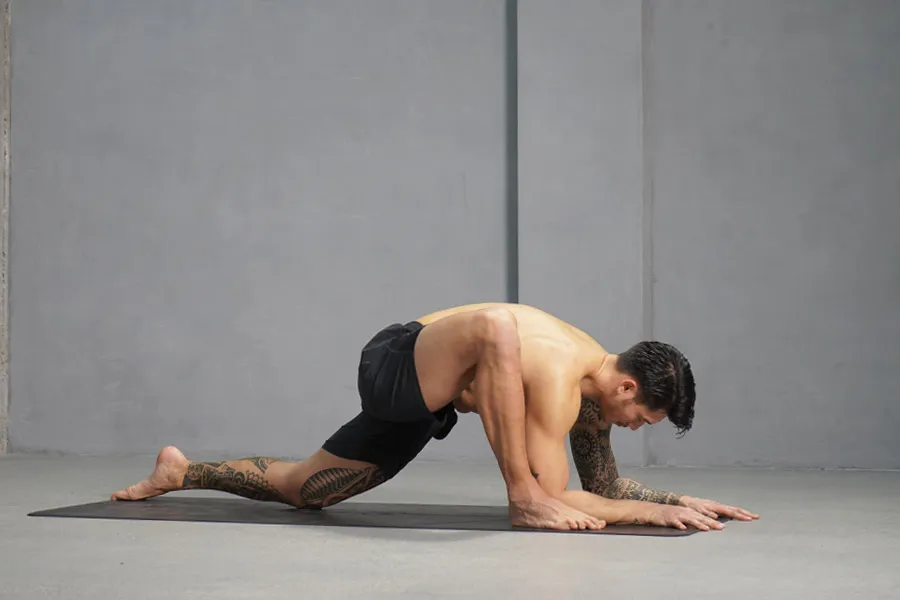Stretching Yoga

Stretching yoga is a gentle and effective practice designed to improve flexibility, mobility, and overall physical well-being. By incorporating a range of poses that elongate muscles and enhance joint mobility, this form of yoga helps release tension, improve posture, and prevent stiffness. Key poses such as “Downward Dog” (Adho Mukha Svanasana), “Child’s Pose” (Balasana), “Cobra Pose” (Bhujangasana), and “Seated Forward Bend” (Paschimottanasana) focus on stretching areas like the spine, hamstrings, shoulders, and hips. These stretches not only improve flexibility but also promote better balance and alignment.
The primary benefits of stretching yoga include increased range of motion, improved circulation, and enhanced muscle recovery. For people who spend long hours sitting or have sedentary lifestyles, stretching yoga is particularly beneficial, as it helps counteract the effects of prolonged inactivity, such as tight hips, stiff necks, and lower back pain.
Regular practice can also help reduce the risk of injury by keeping the muscles and joints supple and healthy. Furthermore, stretching yoga has mental benefits—it relaxes the mind, reduces stress, and promotes a sense of calm, making it a holistic practice for both body and mind.
However, while stretching yoga is suitable for most people, it’s essential to approach it with caution. Overstretching or forcing the body into poses can result in injury, especially for beginners who are not yet familiar with proper alignment. It’s important to focus on gentle, controlled movements and listen to the body’s limits. Practicing under the guidance of a certified yoga instructor—either in person or through online sessions—can help ensure that poses are performed correctly and safely.
Incorporating stretching yoga into a daily routine can lead to long-term physical benefits, such as enhanced flexibility and posture, as well as improved mental clarity and relaxation, making it an ideal addition to any wellness practice.
